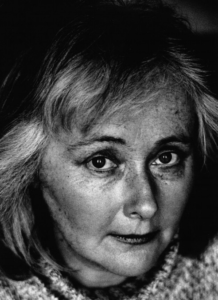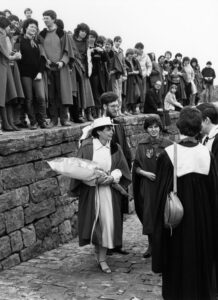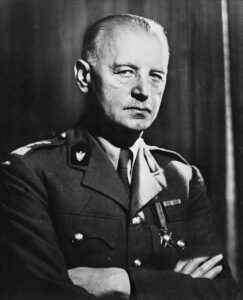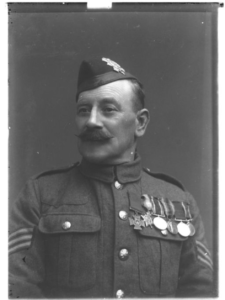Humanities
St Andrews University is famous for its prestigious school of humanities which has been top of the field from pioneering activism to modern news reporting. Explore the influential people that put St Andrews on the map!
After reading the information below, use our humanities quiz to see what you can remember.




